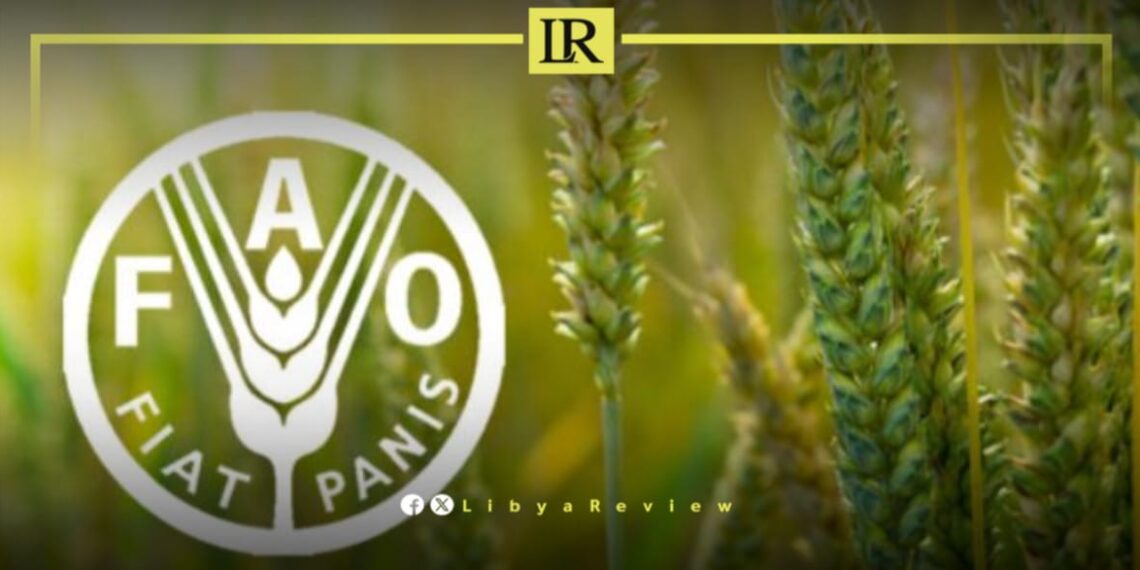The Food and Agriculture Organization (FAO) has warned that ongoing conflicts in Libya are severely impacting agricultural production, particularly in the northwest and southwest regions.
According to an FAO report released on Monday, insecurity has led to a significant decline in farming activities, forcing many farmers to abandon their lands. Damage to irrigation systems and disruptions in agricultural supply chains have further worsened the situation.
The organisation highlighted that Libya’s instability is weakening its ability to manage climate-related crises such as droughts and floods. This, in turn, is putting additional pressure on the agricultural sector.
The FAO’s Desert Locust Monitoring Unit has also raised concerns about a potential locust invasion in western Libya by early 2025, which could further threaten crop production and food security.
The report noted that heavy rainfall in December and January, particularly in northwestern Libya, may affect the country’s winter 2025 crop yields. Flooding has damaged infrastructure, caused power outages, and disrupted transportation, leading to a decline in biomass production in affected areas.
FAO estimates show that Libya’s grain output in December 2024 stood at 164,000 tonnes—22% below the average—due to climate factors and rising supply costs.
Libya’s grain import needs are expected to rise to 3.2 million tonnes for the 2024/2025 season. Wheat imports alone are projected to reach 1.4 million tonnes, marking a 4% increase from the average.
Additionally, wheat production has fallen from 130,000 tonnes in 2023 to 90,000 tonnes in 2024, a 30.8% decrease, while barley production dropped by 7% to 65,000 tonnes.
The FAO report also noted a gradual rise in inflation, with Libya’s inflation rate reaching 2.3% in December 2024, up from 1.8% a year earlier. Food inflation is expected to remain at 3.5%, driven by increasing prices for fresh fruits, dairy products, eggs, and grains.
Libya’s ability to import food remains heavily dependent on oil revenues, which serve as the country’s primary source of foreign currency.


